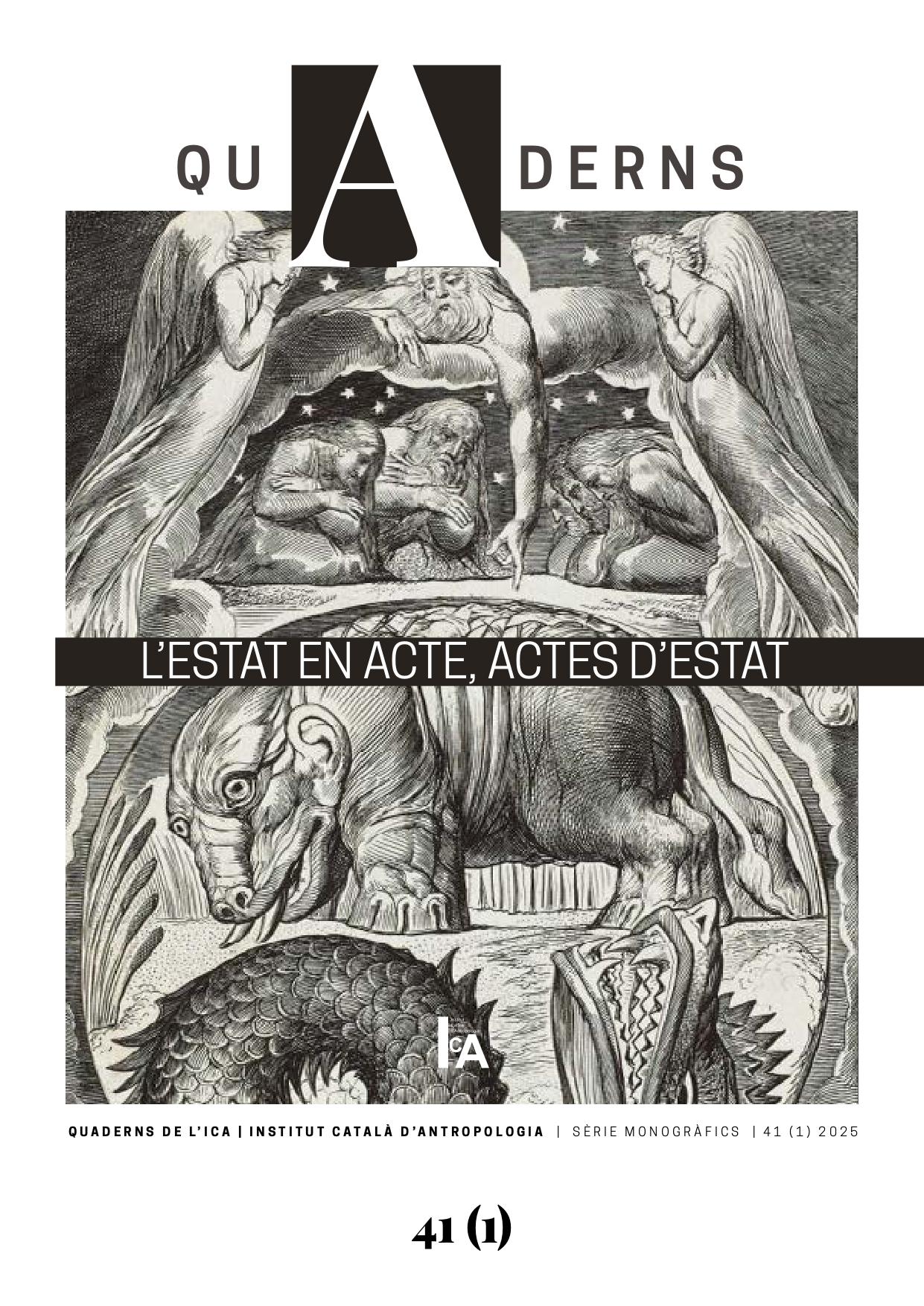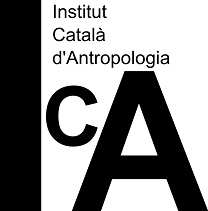"The Battle for Mercy”: An Analysis of the Conflict over the Proposed Relocation of the Raval Nord Primary Health Care Center
DOI:
https://doi.org/10.56247/qua.535Keywords:
Anthropology of the State, conflict, urban planning, Primary Health Care Center, RavalAbstract
In this article, based on the study of disputes over the location of the new Dr. Lluís Sayé Primary Care Center (CAP), situated in the northern area of the Raval neighborhood in Barcelona, the aim is to problematize the conception of the State as an actor operating under a univocal and coherent logic. It shows how the multiple governmental bodies involved do not act harmoniously but rather overlap and come into conflict while pursuing diverse and often antagonistic interests. The analysis focuses on how the different proposed locations led to the involvement of new institutional actors and political groups, which allowed for the unveiling of various strategies and interests at stake. From the perspective of the anthropology of the State, this article seeks to deepen the understanding of how decisions made by state actors are framed by power relations and interinstitutional struggles.
Downloads
Global Statistics ℹ️
|
196
Views
|
82
Downloads
|
|
278
Total
|
|
References
Abrams, P. (2015). Notas sobre la dificultad de estudiar el estado. En A. Gupta, A. Sharma, & T. Mitchell (Eds.), Antropología del Estado (pp. 17–70). Fondo de Cultura Económica.
Agència de Qualitat i Avaluació Sanitàries de Catalunya (AQuAS). (s.f.). Centre de resultats. Generalitat de Catalunya.
Aramburu, M. (2002). Los otros y nosotros. Imágenes del inmigrante en Ciutat Vella de Barcelona. Ministerio de Educación, Cultura y Deporte, Subdirección General de Información y Publicaciones.
Bourdieu, P. (2014). Sobre el estado. Cursos en el Collège de France (1989-1992). Anagrama.
Bourdieu, P., & Christin, R. (2015). La construcción del mercado. El campo administrativo y la producción de la “política de vivienda”. Revista de Ciencias Sociales, 1(4), 34-77.
Capel, H. (2005). El modelo Barcelona: un examen crítico. Ediciones del Serbal.
Cinti, T. (2008). Cultural clusters and districts: the state of the art. Creative cities, cultural clusters and local economic development. En Luciana Lazzeretti & Philip Cooke (Eds.) Creative Cities, Cultural Clusters and Local Economic Development (pp. 70-92). Edward Elgar Publishing. DOI: https://doi.org/10.4337/9781847209948.00011
Clotet, L. (1981). Del Liceu al Seminari. En Plans i projectes per a Barcelona. Ajuntament de Barcelona (pp.116-121).
Cócola, A. (2009). El MACBA y su función en la marca Barcelona. Ciudad y Territorio Estudios Territoriales, vol. 41 (no 159), pp. 87-101
Delgado, M. (2023). La ciudad mentirosa: fraude y miseria del “modelo Barcelona”. Catarata.
Dubois, V. (2018). El burócrata y el pobre: Relación administrativa y tratamiento de la miseria (A. Gorr, Trad.). Estudis Universitaris.
Ferguson, J. (1994). Anti-Politics Machine: Development, Depoliticization, and Bureaucratic Power in Lesotho. University of Minnesota Press.
Fernández González, M. (2022). Matar al Chino. Entre la revolución urbanística y el asedio urbano en el barrio del Raval de Barcelona. Virus Editorial.
Gutiérrez, S. (2019, marzo 13). La UB rebutja la proposta d’ubicar el nou CAP Raval Nord a les seves instal·lacions. Betevé. https://beteve.cat/politica/cap-raval-nord-ub-rebutja-proposta-erc/
Hine, C. (2000). Etnografía virtual. Editorial UOC. 2004.
La salut al Raval, un dret arraconat. (2019, enero 6). Masala. https://masala.cat/la-salut-al-raval-un-dret-arraconat/
Lipsky, M. (1999). La burocracia en el nivel callejero: La función crítica de los burócratas en el nivel callejero. En Jay M. Shafritz & Albert C. Hyde (Eds.) Clásicos de la Administración Pública. (pp. 780-794). Universidad Autónoma de Campeche. Fondo de Cultura Económica.
López, P. (1986). El Centro histórico: un lugar para el conflicto. Edicions Universitat Barcelona.
Mitchell, T. (2002). Rule of experts: Egypt, techno-politics, modernity. University of California Press. DOI: https://doi.org/10.1525/9780520928251
Muzzopappa, E. & Villalta, C (2011). Los documentos como campo. Reflexiones teóricometodológicas sobre un enfoque etnográfico de archivos y documentos estatales. Revista Colombiana de Antropología, 47 (1), 13-42. DOI: https://doi.org/10.22380/2539472X.897
Postill, J., & Pink, S. (2012). Social media ethnography: The digital researcher in a messy web. Media International Australia, 145, 123–134. https://doi.org/10.1177/1329878X1214500114 DOI: https://doi.org/10.1177/1329878X1214500114
Santolino, M. (2019, 21 de enero). La batalla de la Misericòrdia. Directa. https://directa.cat/la-batalla-de-la-misericordia/
Shore, C. (2010). La antropología y el estudio de la política pública: reflexiones sobre la “formulación” de las políticas. Antípoda. Revista de antropología y arqueología, no 10, p. 21-49. DOI: https://doi.org/10.7440/antipoda10.2010.03
Small, M. L. (2009). ‘How many cases do I need?’ On science and the logic of case selection in field-based research. Ethnography, 10(1), 5–38. https://doi.org/10.1177/1466138108099586 DOI: https://doi.org/10.1177/1466138108099586
Societat U de Barcelona (dirección). (2013). MACBA: l’esquerra, la dreta i els rics. [Documental]. https://www.youtube.com/watch?v=r9OEcEXdtU8
Downloads
Published
How to Cite
Issue
Section
License
Copyright (c) 2025 Quaderns de l'Institut Català d'Antropologia

This work is licensed under a Creative Commons Attribution-NonCommercial-ShareAlike 4.0 International License.
Distributed under the terms of the Creative Commons Attribution 4.0 International Use and Distribution License (CC BY-NC-SA 4.0)




